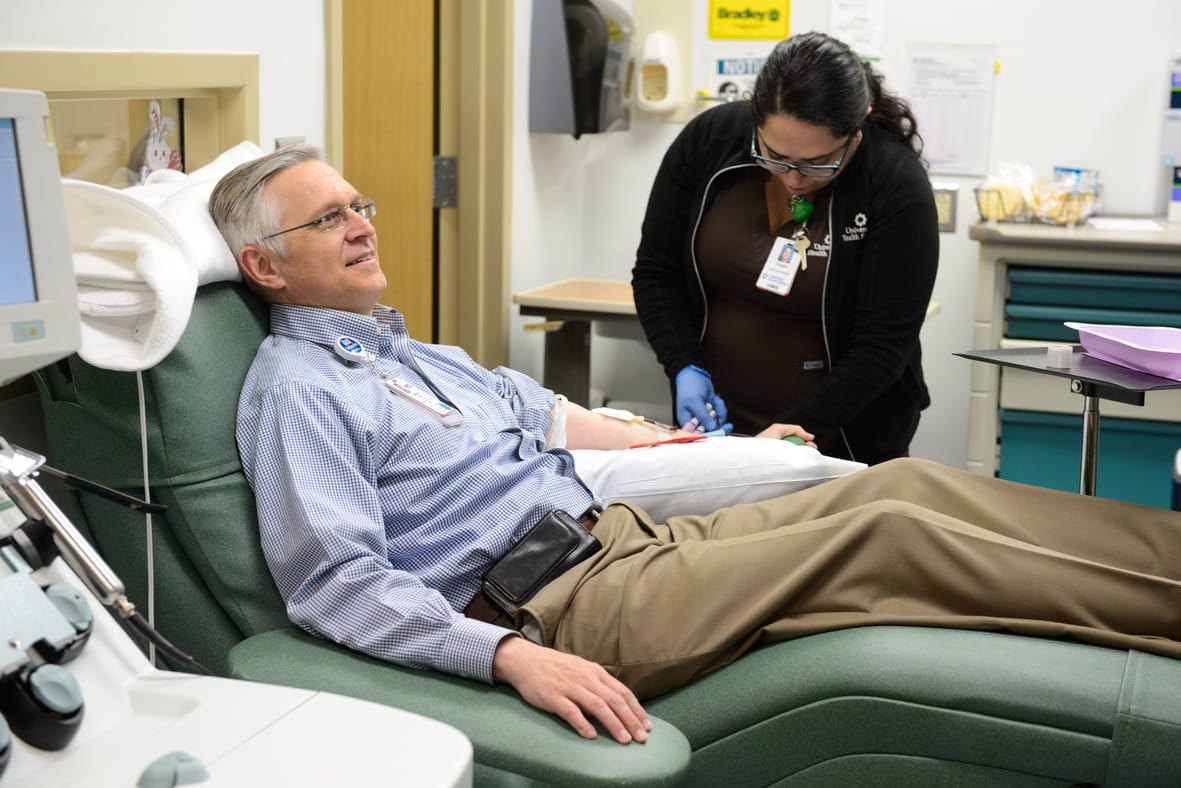The most common birth control methods for women are the pill and the long-acting reversible contraception like an IUD. But there are many choices when it comes to picking the best birth control for you.
Alternatives to the traditional pill
For many people, remembering to take a birth control pill once a day isn’t realistic. For others, the estrogen in traditional birth control pills can cause side effects such as insomnia and anxiety, which they’d rather avoid.
The FDA has approved a number of alternative birth control options in the past 20 years, including the vaginal ring, progestin-only birth control pill, and the patch. There are options you can use internally or externally, depending on what you like best.
Non-Invasive Options
Progestin-only birth control pill
Birth control pills that only contain the progestin hormone is sometimes called “minipill.” It is similar to other oral contraceptives, except that the minipill does not contain estrogen. Estrogen is one of the “female” hormones. Estrogen can be dangerous to use in women with a history of blood clots, high blood pressure and certain types of migraine headaches. Therefore, the “minipill” would be a better option.
The minipill can thicken cervical mucus and thin the lining of the uterus, just like the traditional pill. It is 87% effective if used correctly.
Birth control patch
The birth control patch is a sticky patch you wear on your skin that releases hormones into your body to help reduce your risk of pregnancy. Right now, the two brands available are Xulane® and Twirla®. You can wear it on your upper arm, back, belly or butt.
The patch is a hormonal birth control, meaning it releases estrogen and progestin into your body to stop ovulation. When you don’t ovulate, you don’t release an egg, so there’s nothing for the sperm to fertilize. The patch is 93% effective in reducing your risk of pregnancy if used correctly. It is important to talk with your provider if you choose this option since there may be some contraindications.
Intrauterine Options
Different methods of intrauterine contraception have also been on the market for years, according to Dr. Kristen Plastino, an OB/GYN physician at University Health and professor at UT Health San Antonio. Intrauterine means the device is placed inside the uterus.
There are two types of IUDs (intrauterine devices) on the market: hormonal and non-hormonal. Mirena,® Liletta®, Kyleena® and Skyla® all contain progesterone in various amounts and require an office visit to insert it into the uterus. ParaGard® is the non-hormonal, copper-containing IUD that would also be placed during an office visit.
The procedure itself of inserting the IUD can cause cramping, but once the IUD is placed, you don’t need to worry about birth control for 3, 5, 7 or 10 years depending on which one you choose. If the IUD is inserted correctly, it is more than 99% effective.
Other Internal Options
Vaginal ring
The vaginal ring is a flexible plastic ring inserted into the vagina. Like birth control pills, the ring releases estrogen and progesterone hormones over a three-week period. You keep the ring in for three weeks, then remove it for one week. During this week, menstruation usually occurs. Then you start over again and insert a new ring for the next three weeks.
The ring releases hormones that prevent your ovaries from releasing an egg. This makes it less likely that sperm will reach an egg and fertilize it. The ring will also thicken the mucus in your cervix and thin the uterine lining; if an egg is fertilized, it makes it harder for the fertilized egg to attach itself to the uterus.
The vaginal ring is becoming more popular and has the same effectiveness as the birth control pill (91%).
Sperm-killing gel
This gel is also called spermicide. Spermicides have been around for years, but now it comes in a relatively new, over-the-counter contraceptive gel that must be inserted into the vagina before sex. It is designed to keep the sperm from reaching an egg by killing or slowing the movement of the sperm.
Spermicide is a non-hormonal contraceptive, meaning it does not release hormones into your body. You don’t need a prescription to buy spermicide. Dr. Plastino said spermicide, like the diaphragm, isn’t a very commonly used contraceptive. This is probably because it is only 71% to 85% effective at preventing pregnancy.
Emerging Birth Control Options
Birth control is an ever-evolving area of study, and researchers are always testing new methods. Some of the newest contraceptives in the works are a redesigned female condom and hormonal male birth control.
“There’s definitely options being looked at for male contraception,” Dr. Plastino said. “The problem is, to decrease sperm, you have to decrease testosterone. When you decrease testosterone, you also decrease male characteristics.”
If you are thinking about starting birth control, talk with your healthcare provider about which option is best for you. Some methods are more effective at reducing your risk of pregnancy than others, and none are 100% effective. Keep in mind that only condoms reduce your risk of getting a sexually transmitted infection like HIV. All of the other methods have no reduction in STIs.





